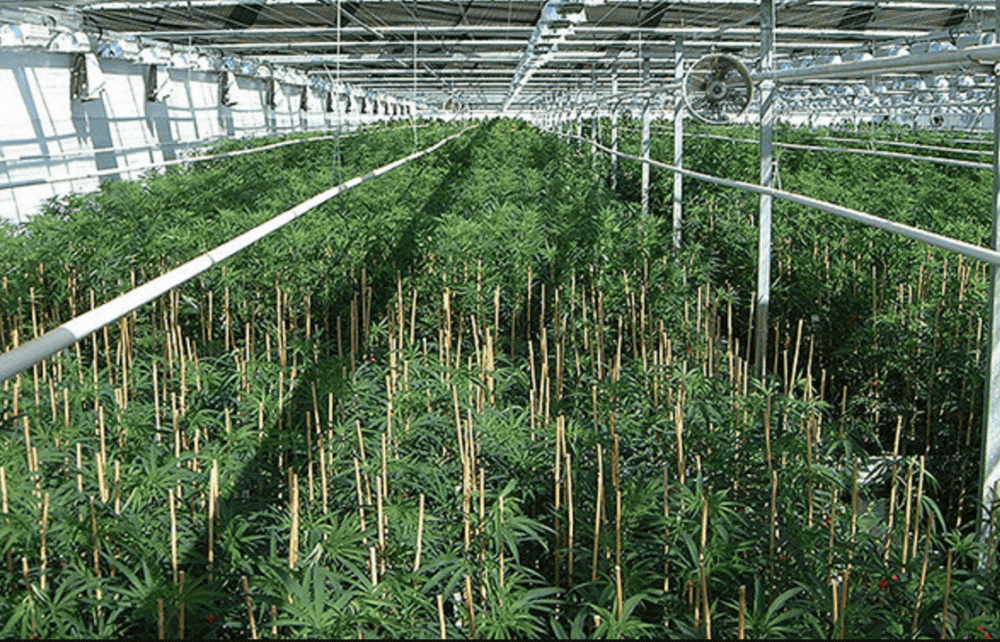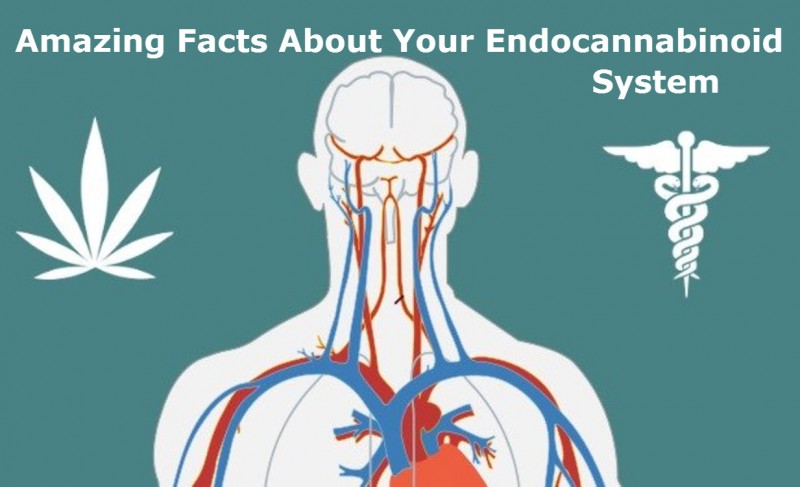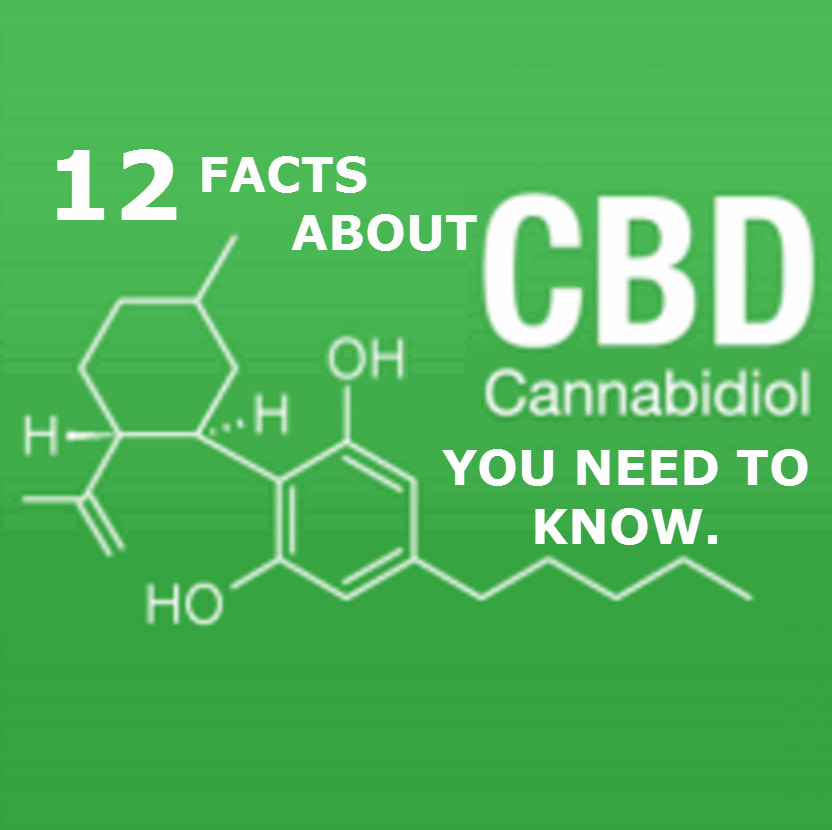Amazing Facts About Your Endocannabinoid System
The Best Parts of the Endocannabinoid System? from CannabisNet on Vimeo.
If you have always wondered how exactly cannabis works to treat so many illnesses in the human body, the answer lies in the endocannabinoid system.
The endocannabinoid system is a network of receptors found throughout the body including all the organs, the skin, bones, and even in connective tissues. In fact, it’s where you’ll find the most protein receptors in the brain. No matter where in the body the endocannabinoid system has one goal to perform in each tissue: restore the state of homeostasis, which means that the body is in a stable internal environment. Cannabis works so well in the human body because the cannabinoids in the plant latch onto the CB receptors to create a neurotransmission process that helps your body heal.
The endocannabinoid system plays an important role in processes that include appetite, inflammation, mood regulation, pain perception, bone growth, stress management, eye pressure, tumor regulation, extinction of traumatic memory, protection of nerves and brain tissue, gastrointestinal motility, and so much more.
One of the reasons why we get sick is because of the lack of endocannabinoids in the system, which is called an endocannabinoid deficiency. Using cannabis helps boost the endocannabinoid system, thereby aiding in healing.

Here are some amazing facts about the endocannabinoid system:
- The endocannabinoid system was discovered by Dr. Ralph Mechoulam, an Israeli researcher, in the mid-1990’s. He is the same doctor who also identified THC as the primary ingredient in cannabis during the early 60’s. It’s no surprise that he comes from Israel, one of the most progressive nations today for cannabis legalization and research. In fact, Israel is known for having advanced medical cannabis programs unparalleled by any other country in the world.
- Even though governments have been fully aware of the existence of the endocannabinoid system and its relation to cannabis, they’ve imposed severe limitations on cannabis research as well as legal access to the plant. Back in 2014, the US government was responsible for putting 700,000 in jail just for cannabis, despite being aware of the health benefits of the plant and its impact on the endocannabinoid system.
- Consuming cannabis is the best way to address an endocannabinoid deficiency. However, there have been attempts to stimulate the endocannabinoid system using synthetic forms of cannabinoids, such as Marinol, a pharmaceutical drug. There are patients who have benefited from Marinol although in others it produces unwanted side effects including a feeling of getting high, nausea, stomach pain, confusion, anxiety, and mood disorders.
- Consuming too much cannabis may interfere with how the endocannabinoid system. After all, it’s all about achieving a sense of balance; too much or too little cannabinoids can have different unwanted effects. Due to the biphasic nature of cannabinoids, this means that if you take cannabis to help with anxiety it can be beneficial but taking too much can make it worse. Additionally, heavy cannabis users can also experience an increased tolerance even in a short amount of time, which translates to having to consume more cannabis to achieve the desird effects.
- If you’ve only heard about the endocannabinoid system now, or just in the last few years, this is because medical schools have chosen not to discuss it. But with more states legalizing cannabis use, proper education about cannabis is now becoming more available. There are schools that have curriculums designed specifically to discuss cannabis, and the first medical cannabis textbook already exists.
- Many animals also have an endocannabinoid system, except some insects. This is also the reason why there have been several successful studies of cannabis and its impact on animal health.
- Since the endocannabinoid system is at a cellular level, it isn’t visible to the human eye. The cannabinoid receptors are protein-based and are located on the surface of the cells found throughout the body.
- Cannabinoids interact with the endocannabinoid system in different ways. Some cannabinoids are antagonists, which also means that they activate various CB receptors. Other cannabinoids act as antagonists, which deactivates these receptors. When the endocannabinoid system has a deficiency, a balanced intake of cannabinoids will be effective in supplementing the system to restore it back to health.
The endocannabinoid system has complex actions in all our vital systems and organs. It’s a gap that bridges both the body and the mind, and better understanding of the system is critical in the promoting legalization and access to cannabis.
OTHER STORIES YOU MAY ENJOY...
GUIDE TO ENDOCANNABINOIDS SYSTEMS, CLICK HERE.
OR..
END OF DAYS ARE HERE, 10,000X MORE POWERFUL THAN MORPHINE.








